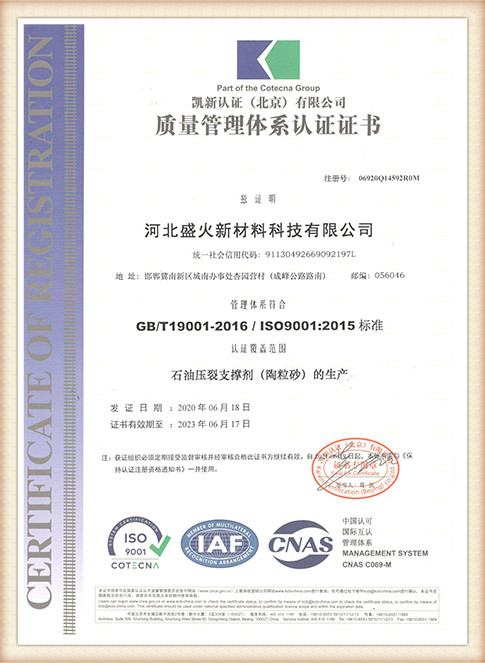Materials Used in Sand Casting
Sand casting, a widely utilized manufacturing process, involves creating metal castings from a variety of materials. This versatile method is revered for its ability to produce complex shapes and components across various industries, including automotive, aerospace, and machinery. Understanding the materials used in sand casting is essential for ensuring the quality and performance of the final product.
1. Sand
The primary material in sand casting is silica sand. This natural granulated material is chosen for its excellent thermal properties, ability to withstand high temperatures, and good permeability. The type of sand used can significantly affect the quality of the mold and the final casting. Common sand types include
- Green Sand A mixture of silica sand, clay, water, and other additives. Green sand is widely used due to its adaptability and cost-effectiveness. The clay acts as a binding agent, helping the mold retain its shape. - Dry Sand This sand is cured and water-free, making it more rigid and suitable for high-strength molds. It is often used when extreme precision and surface finish are required. - Synthetic Sands These are engineered mixtures that can provide improved performance and consistency compared to natural sands. They often include advanced materials like resin-coated sands, enhancing mold strength and finish quality.
2. Binders
Binders are essential in sand casting, as they combine the sand particles and help maintain the mold's integrity. Common binders include
- Clay As mentioned earlier, clay is a natural binder found in green sand mixtures. It contributes significantly to the mold's strength and is often supplemented with water to activate its binding properties. - Resins Synthetic resins such as phenolic or furan resin are used in modern sand casting to create no-bake molds. These resins harden when catalyzed, offering excellent dimensional accuracy and surface quality.
3. Metals
what materials are used in sand casting

The choice of metal is crucial in sand casting and can vary widely based on the application. Common metals used include
- Aluminum Known for its lightweight and excellent corrosion resistance, aluminum alloys are frequently used in sand casting for automotive and aerospace components. - Iron Cast iron, including gray and ductile iron, is popular due to its durability and good wear resistance. It is commonly used in machinery and heavy equipment parts. - Steel Various steel alloys are employed in sand casting due to their strength and toughness, making them suitable for heavy-duty applications.
4. Additives
To enhance specific properties of the sand casting process, various additives are included. These may include
- Picture Frames Used to improve the surface finish of the casting by reducing the gaps in the mold. - Copper and Nickel Occasionally added to metal mixtures to enhance strength and corrosion resistance.
5. Release Agents
To facilitate the removal of the casting from the mold, release agents are often applied. These agents create a barrier between the mold and the metal, preventing adhesion and damage to the mold surface. Common release agents include oils, waxes, and silicone-based compounds.
Conclusion
In summary, sand casting relies on a combination of sand, binders, metals, additives, and release agents to produce high-quality castings. The choice of materials significantly influences the integrity, precision, and durability of the final product. Understanding these materials is essential for manufacturers looking to optimize their casting processes and meet the demands of diverse industries.
Post time:Hyd . 22, 2024 03:13
Next:Innovative Techniques for 3D Printing in Sand Casting Applications and Benefits
